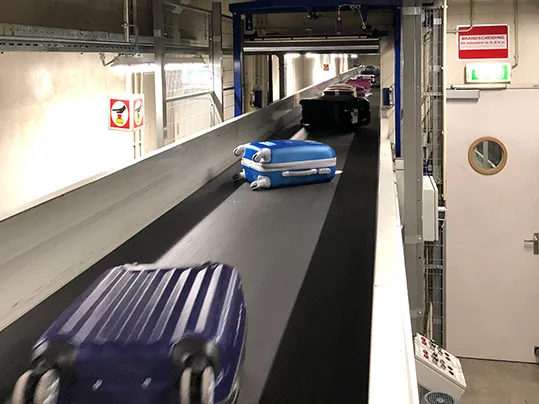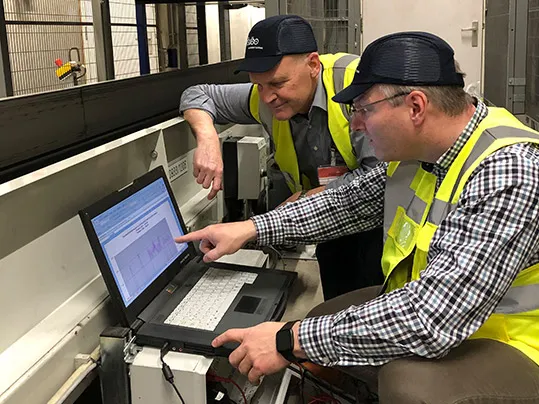The customer
Schiphol Airport is the largest and most important airport in the Netherlands. Situated near Amsterdam, it is an important air traffic hub.
With 71.1 million passengers per year and 350 destinations served worldwide, Schiphol Airport is the third largest airport in Europe and the eleventh largest in the world.

